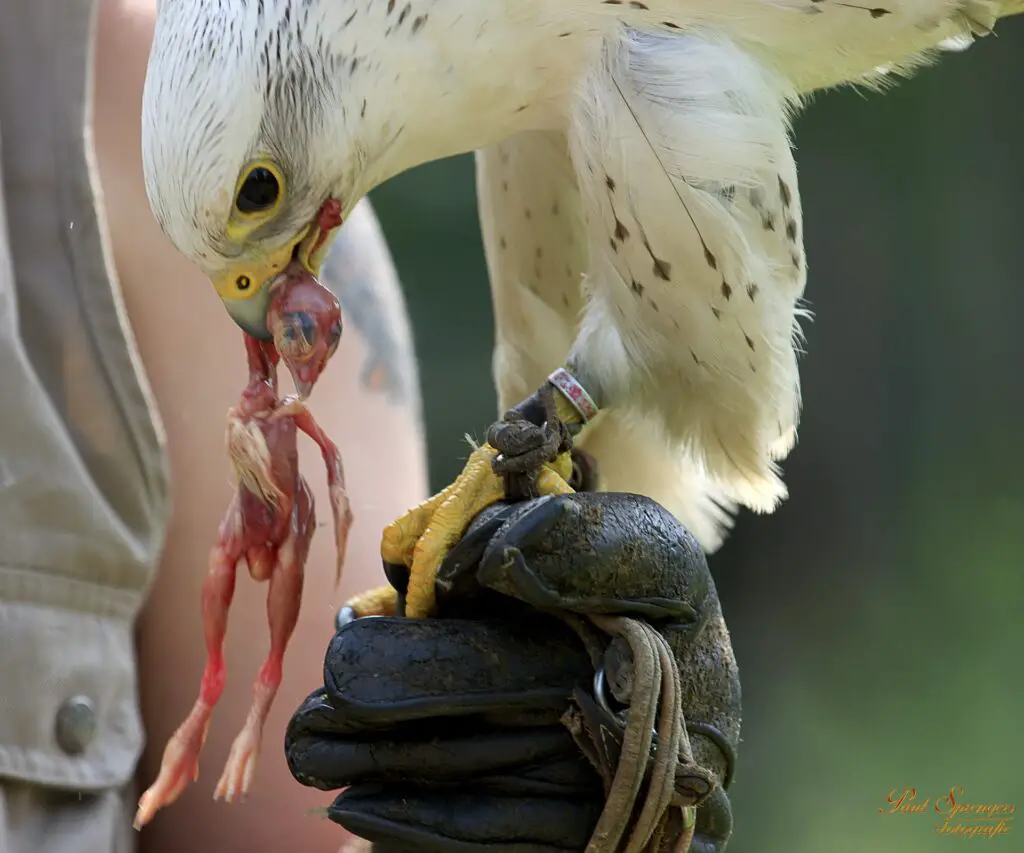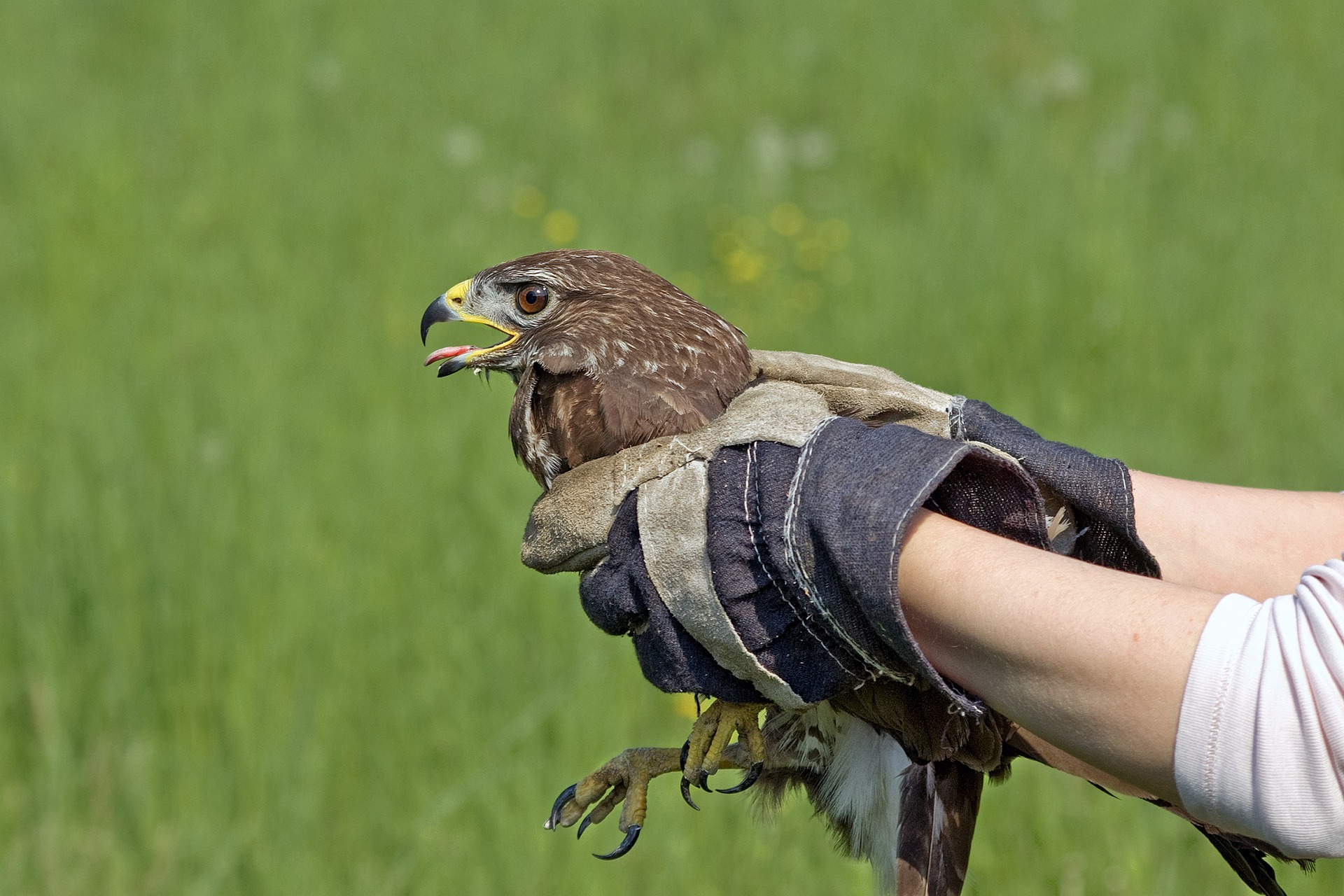As a falconer, wearing gloves is essential. These gloves act as a shield, protecting both the falcon and the handler. But what exactly are falconry gloves, and why are they so crucial? Well, let me enlighten you. Falconry gloves are specifically designed gloves akin to a second skin, allowing falconers to handle their birds of prey precisely and safely. They are not your average gloves; they are a specialized tool that serves a specific purpose in the intricate world of falconry.
Introduction to Falconry Gloves and Their Purpose
Falconry gloves are essential tools for falconers, providing protection and a secure grip when handling birds of prey. These gloves are made from durable materials like leather or synthetic materials, ensuring durability and flexibility. Proper sizing is crucial, as ill-fitting gloves can hinder dexterity and compromise safety. Customization options allow falconers to personalize their gloves for optimal comfort and functionality. Reinforced gloves offer additional protection against sharp talons and beaks, reducing the risk of injury.

Why do falconers wear gloves?
To ensure safety and ease of handling, falconers wear gloves when working with birds of prey. Falconry gloves provide several benefits, including protection from sharp beaks and talons and a secure grip. Proper glove fit is essential to prevent injury and ensure effective control of the bird. Falconry gloves have a long historical significance, dating back centuries. They are constructed using materials such as leather or synthetic materials, chosen for their durability and flexibility.
What is a falconry glove?
A falconry glove is an essential tool used by falconers to safely handle and control birds of prey. Falconry gloves come in various sizes, ensuring a secure fit for different falconers. It is important to properly care for these gloves to maintain their effectiveness. Some popular brands of falconry gloves include Heritage, Raptor, and Austringer. Additionally, there are various accessories available for falconry gloves, such as tethers and gauntlets, to enhance their functionality.
Types of falconry gloves
Several distinct types of falconry gloves are available to falconers, each designed to cater to specific needs and preferences.
Leather Gloves: Leather gloves are the most popular type of falconry glove. They are typically made from durable leather materials such as cowhide or goatskin. Leather gloves provide good protection against the sharp talons of raptors and offer flexibility for handling.
Double-Layered Gloves: These gloves feature an extra layer of leather or padding in areas where the handler’s hand is most vulnerable to the bird’s talons, such as the fingers and palm. Double-layered gloves provide added protection and durability.
Kangaroo Leather Gloves: Kangaroo leather is known for its strength and suppleness. Kangaroo leather gloves are lightweight and offer excellent tactile sensitivity, allowing the falconer to feel the bird’s movements more effectively.
Synthetic Gloves: Some falconers prefer gloves made from synthetic materials such as Kevlar or Cordura. These materials offer excellent protection against cuts and punctures while being lightweight and breathable.
Custom-Fit Gloves: Custom-fit gloves are tailored to the individual falconer’s hand size and shape. These falconry gloves provide a snug and comfortable fit, which is important for the precise handling of birds of prey.
Gauntlet Gloves: Gauntlet gloves feature an extended cuff that covers the forearm, providing additional protection against scratches and abrasions. They are ideal for handling larger raptors with longer talons.
Waterproof Gloves: Waterproof falconry gloves are designed to repel water and keep the handler’s hands dry in wet weather conditions. They are usually made from materials that resist moisture absorption, such as neoprene or synthetic leather.
Winter Gloves: Winter falconry gloves are insulated to keep the handler’s hands warm in cold weather. They often feature fleece or Thinsulate lining for added warmth without sacrificing dexterity.
How to clean falconry gloves
After discussing the various types of falconry gloves available, it is important to understand how to properly clean and maintain these essential tools for falconers. It is crucial to employ effective cleaning methods to ensure longevity and functionality. Start by using the best cleaning products specifically designed for leather gloves. Gently wipe the gloves with a damp cloth and mild soap, taking care to remove any dirt or debris. To prevent odour, allow the gloves to air dry in a well-ventilated area. These easy steps will extend the lifespan of your falconry gloves.
Why are falconry gloves left-handed?
Falconry gloves are predominantly designed for left-handed individuals due to the specific requirements of handling a falcon on the right hand. Left-handed falconry gloves offer several benefits, including better grip and control, enhanced dexterity, and improved safety. While some ambidextrous gloves are available, left-handed gloves are preferred for their tailored fit and functionality.

Are falconry hoods cruel?
Falconry hoods, when used correctly and under appropriate conditions, serve as a crucial tool in ensuring the well-being and safety of falcons during the training and hunting process. However, ethical considerations surrounding hood training have raised concerns about the potential cruelty involved. Historically, hoods have been used to calm and control falcons, but modern practices now emphasize positive reinforcement and training methods that rely less on hoods.
Falconry gloves are not just a mere accessory for falconers but rather an essential tool that ensures their safety and enhances their connection with their birds of prey. These gloves, meticulously designed and carefully crafted, serve as a shield against the sharp talons and beaks of these creatures.
Frequently Asked Questions
Can Falconry Gloves Be Used for Other Types of Birds of Prey, or Are They Specifically Designed for Falcons?
- Falconry gloves can be used for different types of birds of prey, not just falcons. They are specifically designed for handling and training birds, regardless of their species or size.
Are there different sizes of Falconry Gloves available, or does one size fit all?
- There are different sizes of falconry gloves available to ensure a proper fit. These gloves are made from various materials, offering different levels of durability and comfort. The price ranges based on the quality and features of the gloves.
Can Falconry Gloves Be Used in All Weather Conditions, or Are There Certain Conditions Where They Are Not Suitable?
- Falconry gloves are designed to withstand various weather conditions. However, extreme cold or wet conditions may affect their functionality. It is important to properly care for and maintain the gloves to ensure durability, longevity, comfort, and flexibility.
Do Falconry Gloves Need to Be Replaced Often, or Can They Last for a Long Time With Proper Care?
- The lifespan of falconry gloves depends on the frequency and intensity of use, as well as proper care and maintenance. With regular cleaning and appropriate storage, high-quality gloves can last for several years.

